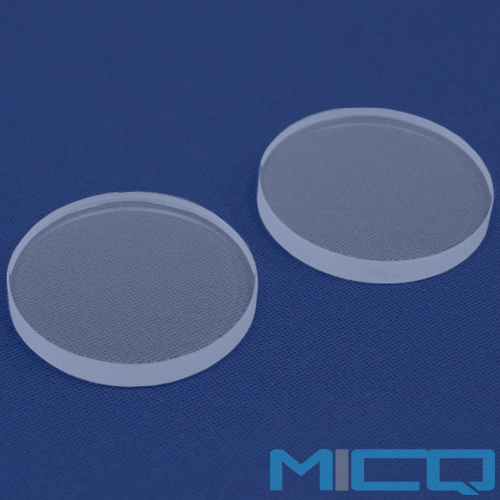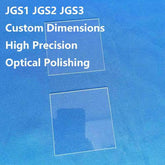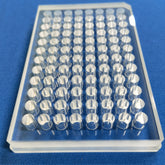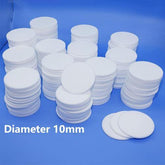The application of sapphire glass windows in modern science and technology
In the domain of precision instruments and high-tech equipment, sapphire glass windows assume a pivotal role as a critical component. They not only act as the “guardian” for sensors and detectors but also provide an essential barrier to ensure accurate data transmission and stable equipment operation. This article will explore the characteristics, applications, and manufacturing processes of sapphire glass windows, highlighting their indispensability in modern science and technology.
- The unique properties of sapphire glass windows
Sapphire, a precious gemstone that occurs in nature, has been meticulously processed by modern scientific and technological methods, thus becoming a prominent material in the field of high technology. The physical and chemical properties of sapphire render it an ideal material for the fabrication of windows that are intended to protect sensors and detectors from external environmental interference.

Firstly, sapphire demonstrates remarkably high surface hardness and chemical resistance. Consequently, sapphire glass exhibits an assurance of stability and reliability due to its resistance to scratching, corrosion, and the majority of chemicals. Secondly, due to the wide range of wavelengths that sapphire can transmit – extending from the ultraviolet to the mid-infrared – it provides a clear, distortion-free visual field, suitable for a wide variety of optical inspection purposes. Furthermore, the high melting point, high thermal conductivity and substantial thermal shock resistance of sapphire ensure its capacity to sustain reliable performance under extreme thermal conditions, thereby expanding its potential applications.

- The wide applicationsof sapphire glass windows
The potential applications of sapphire glass windows are extensive, encompassing a broad range of scenarios that demand precise optical protection and detection. In the domain of industrial automation, sapphire glass windows are used as an observation window for thermocouples and boiler water level gauges in high-temperature environments, thereby ensuring the precise monitoring of equipment operation status in harsh conditions. In the medical field, due to their biocompatibility and non-toxicity, sapphire glass windows are extensively utilized in endoscopes, surgical microscopes and other medical equipment to provide doctors with a clear surgical field of view. In the domain of scientific research, sapphire glass windows have evolved into a pivotal element of precision experiments, including spectral analysis and laser testing, facilitating the exploration of scientific enigmas by researchers.
- Manufacturing process and technology innovation
The fabrication of sapphire glass windows is a sophisticated and complex process. The initial step involves the precise cutting of the desired size of the blank from the high-quality sapphire single crystal raw material. This is followed by a series of meticulous grinding and polishing processes, which are essential for ensuring that the surface of the glass achieves a high level of flatness and finish. In accordance with the particular application requirements, it may also be necessary to coat the surface of the glass with anti-reflection film, high reflection film, spectroscopic film or metal film in order to further optimize its optical properties.

- The relationship between sapphireglass windows and system magnification
It is important to note that the sapphire glass windows do not modify the magnification of system, while ensuring the protection of the sensor and detector. This is due to the fact that the glass itself does not possess the function of amplification; rather, it serves as a transparent medium within the light path, thereby ensuring that light can pass through and reach the sensor or detector surface without any damage. Therefore, when designing the optical system, the appropriate window material and thickness can be selected according to the actual needs, without worrying about its impact on the magnification of the system.
Sapphire glass windows play an instrumental role in the realm of modern science and technology due to their role as the “guardian” of sensors and detectors. The unique physical and chemical properties of sapphire glass, in conjunction with its wide range of applications, superb manufacturing processes, and its irrelevance to system magnification, position it as a material of considerable importance in the field of high technology.






